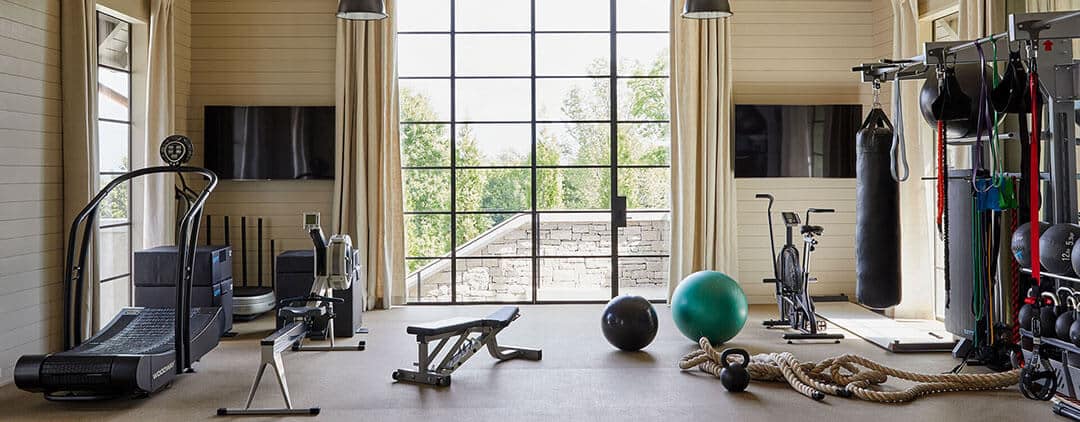In the ever-evolving world of fitness, finding the right equipment to meet your training needs can be challenging. Among the various tools available, adjustable weight dumbbells stand out as a versatile and efficient choice for both beginners and seasoned athletes. This article explores the benefits of adjustable dumbbells, how to choose the right ones, and tips for using them effectively.
The Advantages of Adjustable Dumbbells
Space-Saving Design: One of the most significant advantages of adjustable dumbbells is their space-saving design. Instead of cluttering your home gym with multiple sets of fixed-weight dumbbells, a single pair of adjustable dumbbells can cover a wide range of weights. This not only saves space but also keeps your workout area organized and tidy.
Cost-Effective Investment: While the initial cost of high-quality adjustable dumbbells might be higher than that of a few fixed-weight pairs, the long-term savings are substantial. A single set of adjustable dumbbells can replace several fixed-weight pairs, making it a more economical choice over time.
Versatile Training: Adjustable dumbbells allow you to easily switch between different weights, which is ideal for progressive overload—a key principle in strength training. Whether you’re focusing on endurance, muscle growth, or strength, you can adjust the weights to match your specific goals.
Promotes Safe Training: Using the correct weight is crucial for preventing injuries. With adjustable dumbbells, you can start with lighter weights and gradually increase as your strength improves, ensuring a safe and effective training experience.
How to Choose the Right Adjustable Dumbbells
Consider Your Maximum Weight Needs: Before purchasing, determine the highest weight you will need for your workouts. This will help you choose a model that can accommodate your maximum lifting capacity. For most general fitness enthusiasts, a range of 2.5 kg to 50 kg per dumbbell should suffice.
Material and Quality: The materials used in the construction of adjustable dumbbells can significantly impact their durability and performance. Common materials include cast iron and steel. Cast iron is generally more affordable and offers good durability, while steel is stronger and more resistant to rust.
Adjustment Mechanism: Different models use various methods to adjust weights, such as dial systems, pin-and-plate mechanisms, and magnetic systems. Dial systems are user-friendly and quick to adjust, making them popular among home users. Pin-and-plate systems are robust and reliable, often found in commercial settings. Magnetic systems offer a balance of speed and security, making them a versatile choice.
Brand and Price: Research different brands and read reviews to find a balance between quality and price. Popular brands like Bowflex, PowerBlock, and Ironmaster offer a range of models at various price points. Consider your budget and the features that are most important to you.
Tips for Using Adjustable Dumbbells
Proper Grip Technique: Ensure you have a firm and secure grip on the handles to prevent accidents. Keep your hands dry and consider using weightlifting gloves for added comfort and grip.
Gradual Weight Increase: Start with lighter weights and gradually increase as your strength improves. This approach helps prevent overtraining and reduces the risk of injury.
Diverse Training Routines: To avoid plateaus and keep your workouts interesting, incorporate a variety of exercises that target different muscle groups. From bicep curls to shoulder presses, the versatility of adjustable dumbbells allows you to create comprehensive and dynamic training plans.
Conclusion
Adjustable weight dumbbells offer a flexible and efficient solution for modern fitness enthusiasts. They save space, provide excellent value for money, and allow for versatile and safe training. Whether you’re a beginner looking to start your fitness journey or an experienced athlete seeking to enhance your workouts, adjustable dumbbells are a worthwhile investment.

